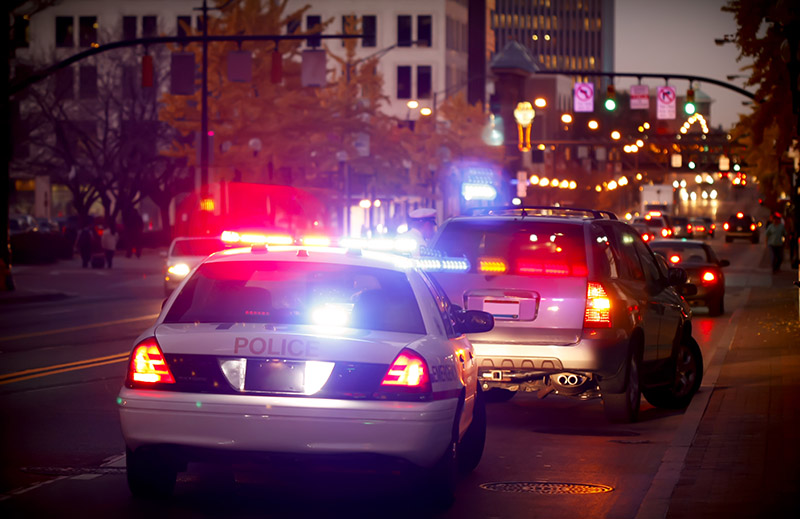
When it comes to violence at work, I’ve packed my Canadian smugness
February 12, 2024
By
Todd Humber

(Mark Poprocki/Adobe Stock)
When I first saw the issue of workplace violence on the agenda at a major OHS conference, I viewed it as a curiosity more than anything else. It was a U.S.-based event, after all, and my smug Canadian self wandered in, found my seat, and marvelled at the red, white, and blue experiences of mass shooter drills and the installation of metal detectors at entrances.
But some of the stories and examples were universal and gave me pause. For example, Lev Pobirsky, the Philadelphia-based senior director of safety and security at Pepsi, talked about how — because of the labour shortage — companies were lowering standards and “begging” people to join their ranks who, in the past, they wouldn’t have hired.
Canada, of course, does not exist in a bubble. While workplace-related shootings and violent assaults are less common here, they happen — and we have to prepare for them. As we were going to press, a man walked into Edmonton’s City Hall on Jan. 23, lobbed a Molotov cocktail bomb and opened fire with a long gun. Glass was shattered in the building but there were, astonishingly, no injuries.
Police Chief Dan McFee told reporters that the man was heavily armed and he credited the actions of an unarmed security guard for preventing a worse tragedy.
“His actions were above and beyond and for that we are grateful,” he said. “Active shooter events like this have lasting effects on our community.”
On the other end of the country, we recently reported the story of Kelly Gomes. The 60-year-old works as a constituency assistant for an MLA in Nova Scotia. On Dec. 14, 2023, she was attacked by a man in the constituency office. If not for the help of a teenager, on a work term, things “could have ended very badly.”
The attacker held her by the throat and threw an air purifier, knocked over a Christmas tree, smashed pictures, and upended a desk before finally leaving. She’s calling on the province to ensure at least two people are in constituency offices at all times as a result.
Of course, there have been far worse incidents that resulted in serious injury and death, including the 1999 shooting at an OC Transpo garage in Ottawa. Former worker Pierre Lebrun shot six workers, killing four, before turning the gun on himself.
In 2022, a man shot and killed Toronto cop Andrew Hong in an ambush attack before driving to his workplace — an auto body shop in Milton, Ont., where he shot three more people, killing the owner.
I’ve folded up and packed my Canadian smugness when it comes to the risks posed by workplace violence. It is most definitely not a uniquely American phenomenon.
It’s a problem for us all to tackle — and not just on the shoulders of OHS professionals. Background screening helps, but so too does fostering supportive environments where people feel safe to report threats and cultures that stamp out bullying and harassment.
We can’t be complacent. The reality is that workplace violence requires immediate and sustained attention to prevent tragedies and build safer working environments.